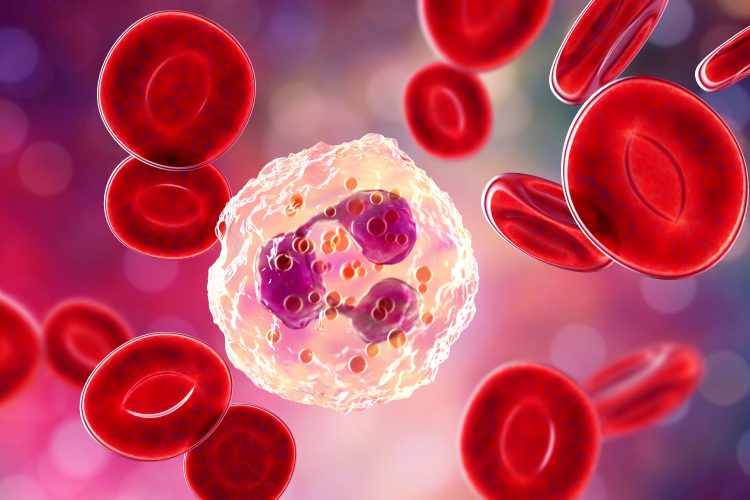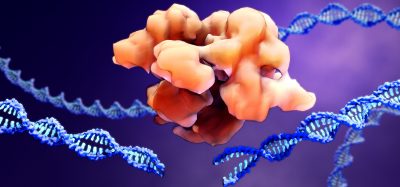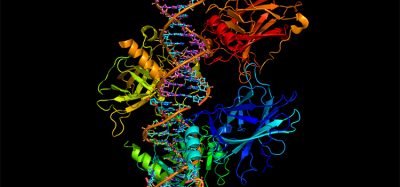Neutrophils: vital defence against fungal toxin
Posted: 11 October 2023 | Drug Target Review | No comments yet
New research uncovers how neutrophils trigger cellular processes to counteract the Candida albicans toxin.

Published in EMBO Reports, Umeå University scientists discovered how neutrophils, the most abundant white blood cell, defend against fungal organisms that frequently result in sepsis, the clinical condition that is a leading cause of death of critically ill patients. The World Health Organisation estimates that sepsis affects over 30 million people worldwide every year and results in six million fatalities. Candida albicans is the most frequent human fungal pathogen and a common cause of invasive candidiasis which may result in sepsis.
A hallmark of C. albicans severity is the ability to reversible switch from yeast forms to filamentous forms, hyphae. It uses the yeast form to quickly increase biomass and the hyphae to invade and damage tissue.
Constantin Urban, Professor of Immunology at the Department of Clinical Microbiology at Umeå University, Sweden, and supervising investigator of the study, said: “We found that when exposed to the toxin of the fungal pathogen, neutrophils trigger processes to release a chromatin meshwork which entangles and restrains Candida albicans hyphae.”
Although a large proportion of the world population is colonized by C. albicans from birth, people with a weakened immune system due to disease or medical intervention are at risk of developing severe or life-threatening infections, like sepsis, if infected with this fungal organism. Neutrophils are a vital part in the defence against fungal microbes.
Neutrophils respond to C. albicans hyphae by releasing a peptide toxin called candidalysin. Candidalysin is only secreted when C. albicans grows as hyphae during invasive growth.
The scientists saw that neutrophils triggered cellular pathways which resulted in the release of neutrophil extracellular traps (NETs). These chromatin fibres are formidable weapons against hyphae. NETs can entrap and restrain the fungus with the assistance of large amounts of sticky and antimicrobial proteins located within the structures. The entangled fungus is then attacked by the associated antimicrobial NET proteins.
Dr Urban said: “We were very surprised to see that neutrophils remained functional in the presence of candidalysin for such a long time. The immune cells continued to produce antimicrobial oxidants and continued to engulf fungal cells.”
However, when neutrophils were infected with engineered strains of C. albicans without candidalysin, NET formation was virtually absent.
Lucas Unger, research assistant at the Department of Clinical Microbiology at Umeå University at the time of the study, and lead experimental researcher of the study, explained: “Interestingly, candidalysin alone was not a sufficient stimulus to induce NET formation. It resulted in a more compact, less fibrous chromatin meshwork released by neutrophils, so-called NET-like structures, whereas only the combination of candidalysin exposure to and pattern recognition of C. albicans cells by neutrophils resulted in release of fibrous NETs.”
The study discovered that candidalysin mainly contributes to chromatin swelling, an early step in the release of extracellular DNA structures, via calcium-dependent activation. Through effects upon neutrophil membranes calcium ions can enter the cells to begin these activation processes. When neutrophil receptor molecules recognise fungal cells, they trigger kinase activation and the production of antimicrobial oxidants. The combination of calcium influx, kinase activation and oxidant production eventually induces the release of large amounts of NETs.
This work was made possible by collaboration with scientists in Gothenburg in Sweden, Bristol and London in the United Kingdom and Jena and Berlin in Germany. “We are particularly grateful to clinicians from the Charité hospital in Berlin that allowed us access to neutrophils from patients with chronic granulomatous disease. The immunodeficiency renders neutrophils unable to produce antimicrobial oxidants and with the help of these we could thoroughly address the involvement of oxidants in candidalysin-triggered processes,” said Urban.
Related topics
Antimicrobials, Targets
Related conditions
Sepsis
Related organisations
Charité Hospital, Umeå University







